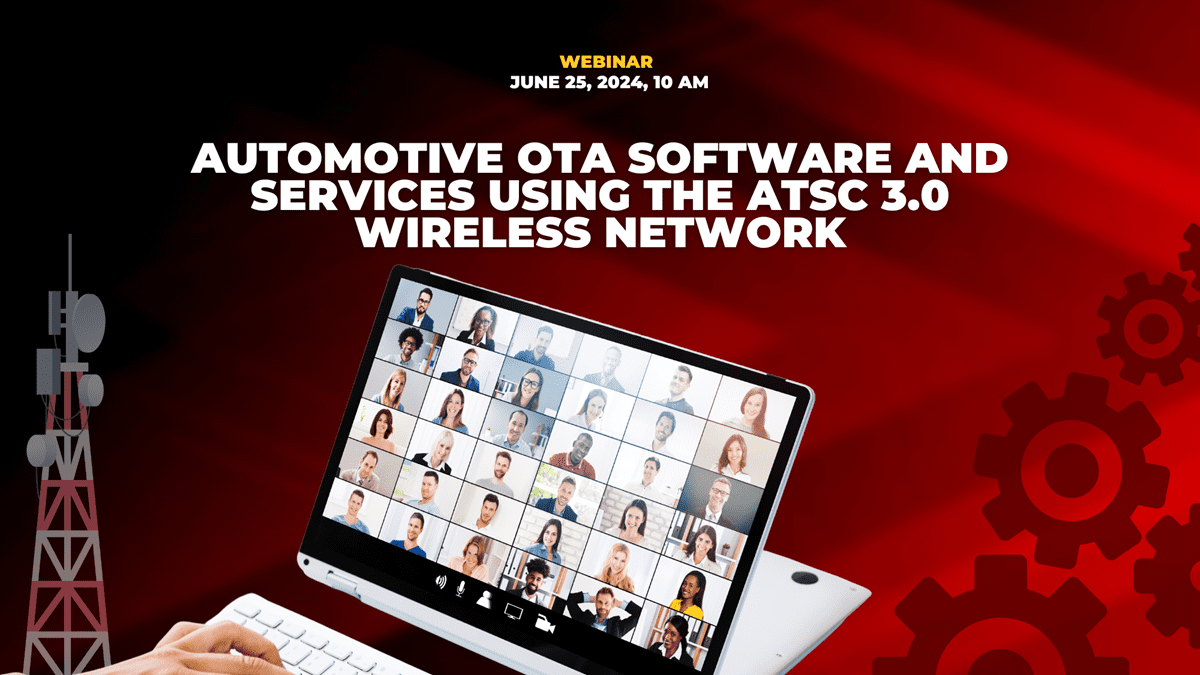In the ever-evolving landscape of global business and politics, strategic thinking has become an indispensable skill for leaders. Not just a fleeting trend, but a cognitive ability that sets exceptional leaders apart from the pack. Ian Bremmer, author of the New York Times bestseller “Us Vs. Them”, has eloquently defined strategic thinking as “a reasoning process that supports goal-oriented decision-making using curiosity, information synthesis, and pattern recognition to generate solutions and update your worldview.” So how can leaders harness the power of strategic thinking to navigate this tumultuous terrain?
The Essence of Strategic Thinking
Strategic thinking goes beyond the immediacy of daily operational issues. It involves a holistic, forward-looking perspective that probes and foresees potential scenarios and their implications on an organization. Leaders who excel at strategic thinking understand the bigger picture, are comfortable with ambiguity, and can envision the invisible connection between actions and outcomes.
The Building Blocks of Strategic Thinking
Strategic thinking doesn’t come naturally to all, but it can certainly be nurtured and developed. According to Bremmer, it comprises three fundamental components:
- Curiosity: This is the engine that fuels strategic thinking. Leaders who are innately curious, are not only open to new ideas but actively seek them. They look beyond the obvious, question conventional wisdom, and are willing to delve into the uncharted territory for answers.
- Information Synthesis: It involves connecting the dots between disparate pieces of information to form a cohesive picture. Strategic leaders are adept at integrating information from various sources to make sense of complex situations, and they’re skilled at navigating through the noise to find meaningful signals.
- Pattern Recognition: The ability to spot trends and themes amidst a sea of information is key to strategic thinking. Leaders who excel in pattern recognition are not just observers of change but anticipators of it. They can forecast possible scenarios and make strategic adjustments ahead of time.
Strategic Thinking: A Continuous Learning Cycle
Strategic thinkers treat their perspectives as living, breathing entities, continuously scrutinizing and updating them. They see their views not as unalterable truths, but as evolving hypotheses that require constant testing and refining. In their quest for clarity and understanding, these leaders welcome different viewpoints and are comfortable with the prospect of being wrong. In fact, they view errors as valuable opportunities for learning and growth.
Implementing Strategic Thinking: A Practical Approach
How can leaders put strategic thinking into practice? Here are a few practical steps:
- Develop a Learning Mindset: Leaders need to cultivate an insatiable curiosity and openness to new ideas. Encourage questioning, seek diverse perspectives, and foster a culture of learning within your organization.
- Invest Time in Reflection: Regular time-outs from the daily hustle to think and reflect can help leaders synthesize information, spot patterns, and generate strategic insights.
- Leverage Diverse Teams: Different people bring different perspectives. Leveraging this diversity can help leaders challenge their own assumptions and refine their strategic thinking.
- Encourage Healthy Debate: An environment that encourages open discussion and debates fosters better strategic decisions. Encourage your team to challenge ideas constructively and make it safe for people to voice dissenting opinions.
- Stay Agile: In a rapidly changing world, the ability to adapt quickly is paramount. Leaders need to constantly review their strategies, be ready to pivot when required and remain receptive to new information that might contradict their current understanding.
Strategic thinking is more than just a cognitive skill. I can’t say I’ve mastered the skill. I still work on it daily! It is a mindset, a habit, and a discipline. Leaders who can master strategic thinking are those who will navigate the complexities of today’s world with ease, steer their organizations toward long-term success, and leave an enduring legacy.











